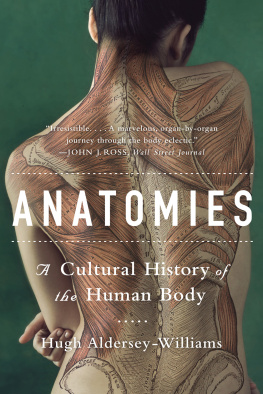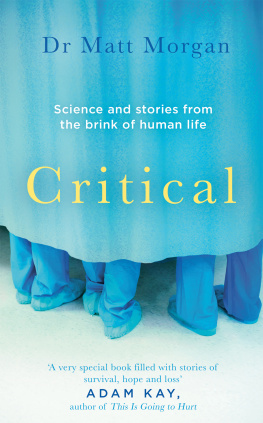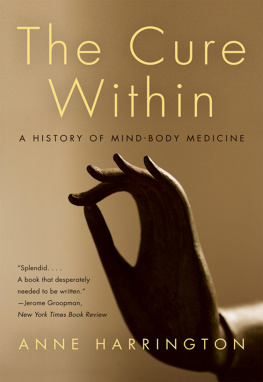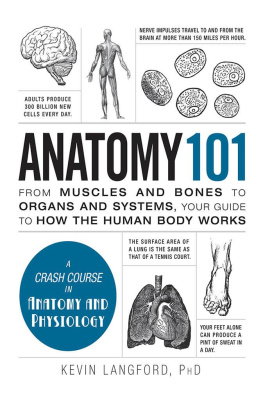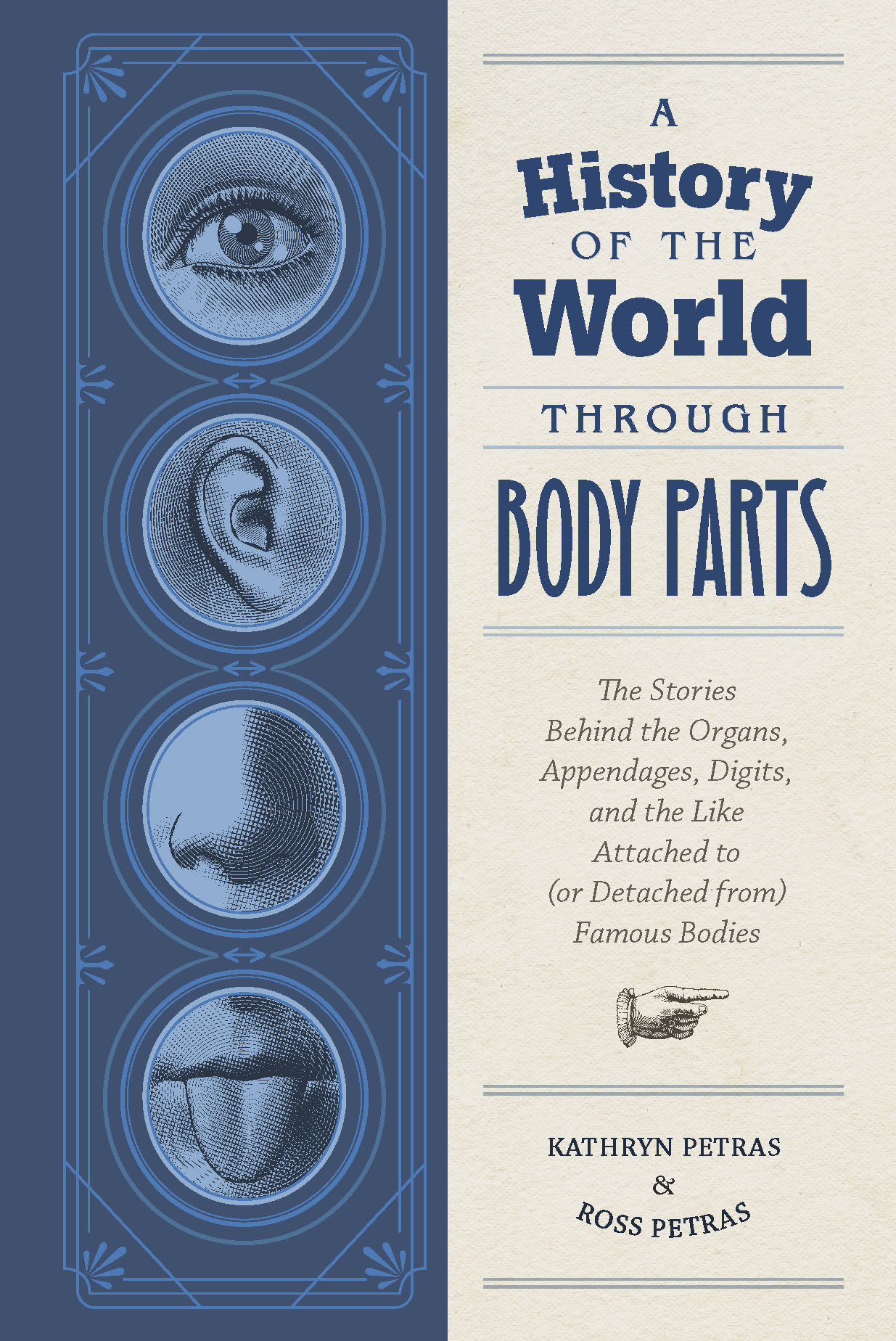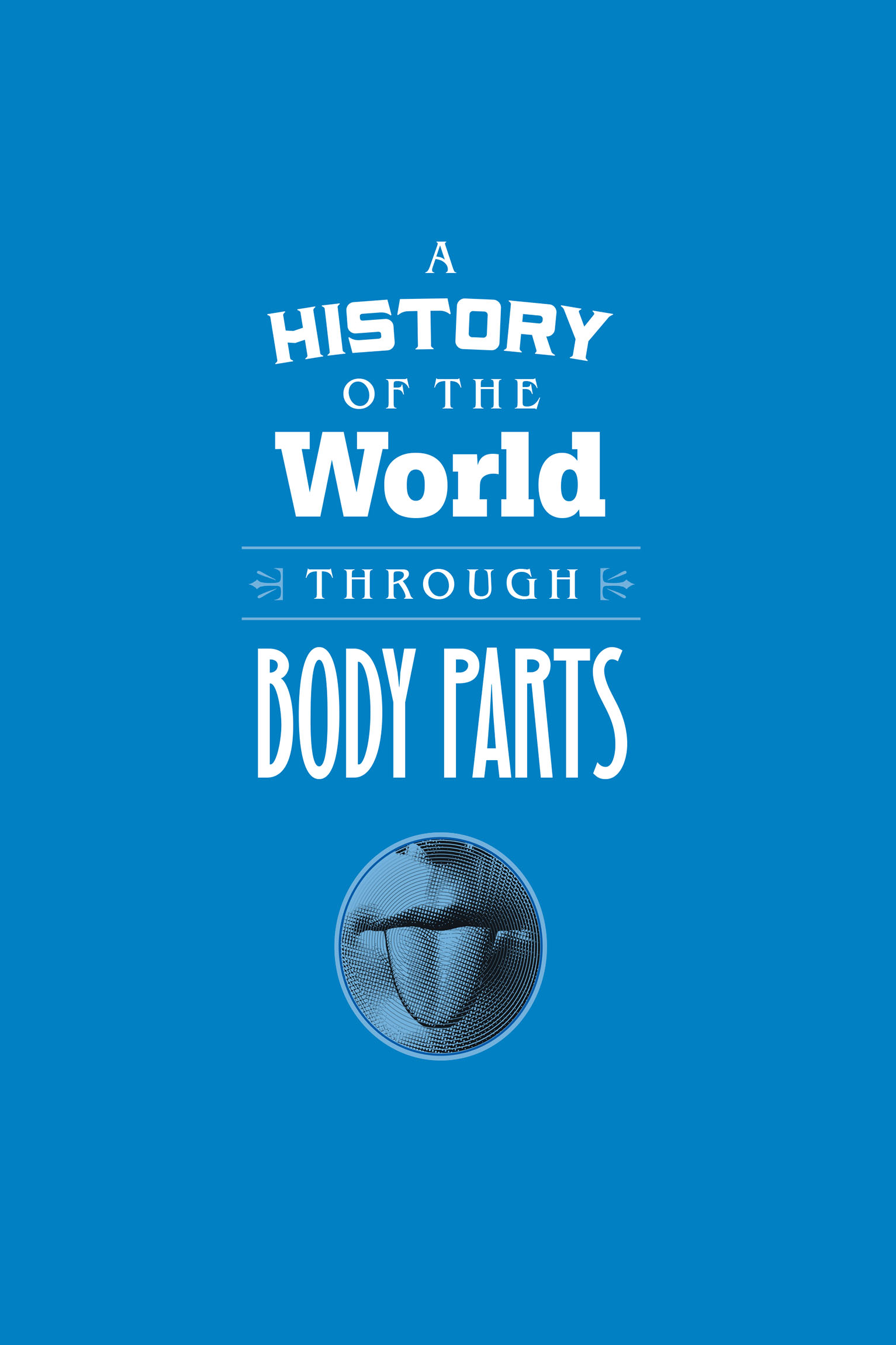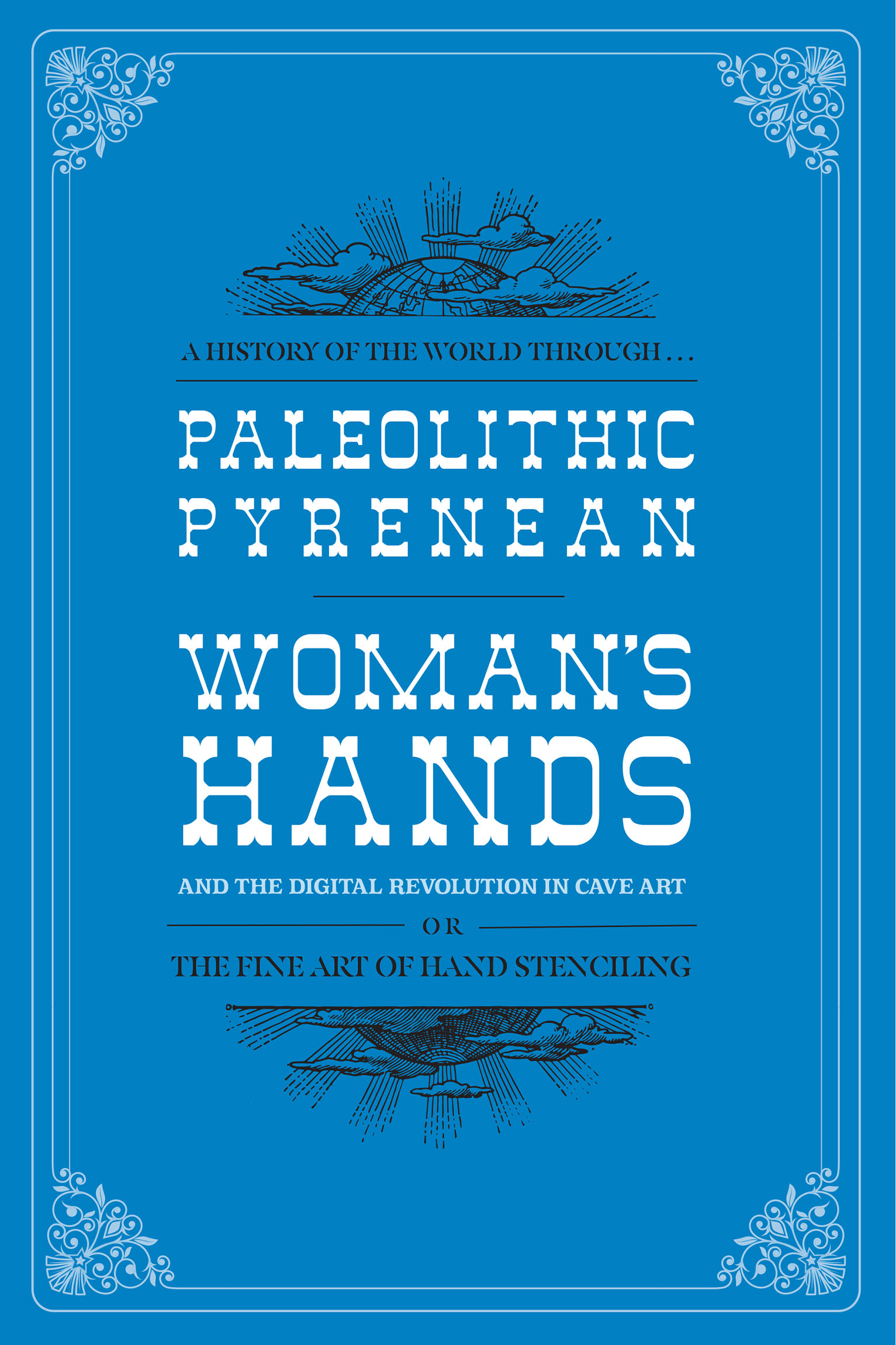Kathy Petras - A History of the World Through Body Parts: The Stories Behind the Organs, Appendages, Digits, and the Like Attached to (or Detached from) Famous Bodies
Here you can read online Kathy Petras - A History of the World Through Body Parts: The Stories Behind the Organs, Appendages, Digits, and the Like Attached to (or Detached from) Famous Bodies full text of the book (entire story) in english for free. Download pdf and epub, get meaning, cover and reviews about this ebook. year: 2022, publisher: Chronicle Books, genre: Non-fiction. Description of the work, (preface) as well as reviews are available. Best literature library LitArk.com created for fans of good reading and offers a wide selection of genres:
Romance novel
Science fiction
Adventure
Detective
Science
History
Home and family
Prose
Art
Politics
Computer
Non-fiction
Religion
Business
Children
Humor
Choose a favorite category and find really read worthwhile books. Enjoy immersion in the world of imagination, feel the emotions of the characters or learn something new for yourself, make an fascinating discovery.

- Book:A History of the World Through Body Parts: The Stories Behind the Organs, Appendages, Digits, and the Like Attached to (or Detached from) Famous Bodies
- Author:
- Publisher:Chronicle Books
- Genre:
- Year:2022
- Rating:4 / 5
- Favourites:Add to favourites
- Your mark:
A History of the World Through Body Parts: The Stories Behind the Organs, Appendages, Digits, and the Like Attached to (or Detached from) Famous Bodies: summary, description and annotation
We offer to read an annotation, description, summary or preface (depends on what the author of the book "A History of the World Through Body Parts: The Stories Behind the Organs, Appendages, Digits, and the Like Attached to (or Detached from) Famous Bodies" wrote himself). If you haven't found the necessary information about the book — write in the comments, we will try to find it.
From famous craniums to prominent breasts, ancient spleens and bound feet, this book will bring history to life in a whole new way. With their inimitable wit and probing intelligence, authors Kathy and Ross Petras look at the role the human body has played throughout history as each individual part becomes a jumping-off point for a wider look at the times. In far-ranging, quirky-yet-interrelated stories, learn about Charles II of Spains jaw and the repercussions of inbreeding, what Anne Boleyns heart says about the Crusades and the trend of dispersed burials, and what can be learned about Lady Xocs pierced tongue. A History of the World Through Body Parts is packed with fascinating little-known historical facts and anecdotes that will entertain, enlighten, and delight even the most well-read history buff.
BESTSELLING AUTHORS: Kathy and Ross Petras have authored the New York Times bestseller Youre Saying It Wrong and the hit calendar The 365 Stupidest Things Ever Said, now in its 24th year with over 4.8 million copies sold!
ENGAGING CONTENT: Packed with rich material told with a lively and humorous voice, take a trip through history in this unique, exciting way.
QUIRKY HISTORY FANS REJOICE!: For fans of The Disappearing Spoon, Wicked Plants, The Violinists Thumb, The Sawbones Book and Strange Histories!
Perfect for:
History buffs and pop history fans
Fathers Day, birthday, and holiday shoppers
Kathy Petras: author's other books
Who wrote A History of the World Through Body Parts: The Stories Behind the Organs, Appendages, Digits, and the Like Attached to (or Detached from) Famous Bodies? Find out the surname, the name of the author of the book and a list of all author's works by series.




